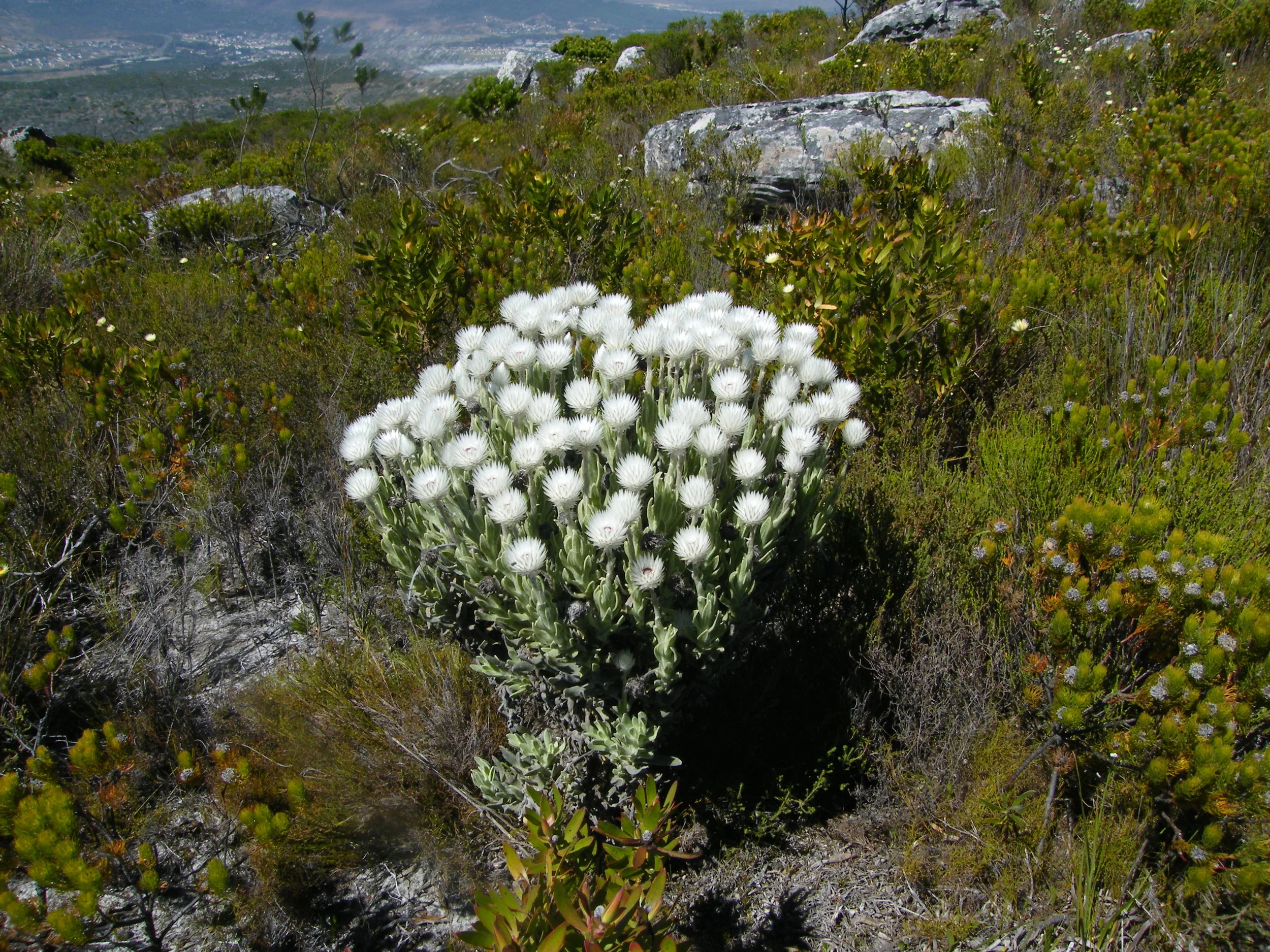Photo by Leon Perrie licensed under CC BY 4.0
No, these are not some sort of grass or rush. What you are looking at here is actually a member of the clubmoss family (Lycopodiaceae). Colloquially known as the pygmy clubmoss, this odd little plant is the only species in its genus - Phylloglossum drummondii. Despite its peculiar nature, very little is known about it.
The pygmy clubmoss is native to parts of Australia, Tasmania, and New Zealand but common it is not. From what I can gather, it grows in scattered coastal and lowland sites where regular fires clear the ground of competing vegetation. It is a perennial plant that makes its appearance around July and reaches reproductive size around August through to October.
Reproduction for the pygmy clubmoss is what you would expect from this family. In dividual plants will produce a reproductive stem that is tipped with a cone-like structure. This cone houses the spores, which are dispersed by wind. If a spore lands in a suitable spot, it germinates into a tiny gametophyte. As you can probably imagine, the gametophyte is small and hard to locate. Indeed, little is known about this part of its life cycle. Nonetheless, like all gametophytes, the end goal of this stage is sexual reproduction. Sperm are released and with any luck will find a female gametophyte and fertilize the ovules within. From the fertilized ovule emerges the sporophytes we see pictured above.
As dormancy approaches, this strange clubmoss retreats underground where it persists as a tiny tuber-like stem. Though it is rather obscure no matter who you ask, there has been some scientific attention paid to this odd little plant, especially as it relates to its position on the tree of life. Since it was first described, its taxonomic affinity has moved around a bit. Early debates seemed to center around whether it belonged in Lycopodiaceae or its own family, Phylloglossaceae.
Recent molecular work put this to rest showing that genetically the pygmy clubmoss is most closely related to another genus of clubmoss - Huperzia. This was bolstered by the fact that it shares a lot of features with this group such as spore morphology, phytochemistry, and chromosome number. The biggest difference between these two genera is the development of the pygmy clubmoss tuber, which is unique to this species. However, even this seems to have its roots in Lycopodiaceae.
If you look closely at the development of some lycopods, it becomes apparent that the pygmy clubmoss most closely resembles an early stage of development called the “protocorm.” Protocorms are a tuberous mass of cells that is the embryonic form of clubmosses (as well as orchids). Essentially, the pygmy clubmoss is so similar to the protocorm of some lycopods that some experts actually think of it as a permanent protocorm capable of sexual reproduction. Quite amazing if you ask me.
Sadly, because of its obscurity, many feel this plant may be approaching endangered status. There have been notable declines in population size throughout its range thanks to things like conversion of its habitat to farmland, over-collection for both novelty and scientific purposes, and sequestration of life-giving fires. As mentioned, the pygmy clubmoss needs fire. Without it, natural vegetative succession quickly crowds out these delicate little plants. Hopefully more attention coupled with better land management can save this odd clubmoss from going the way of its Carboniferous relatives.



